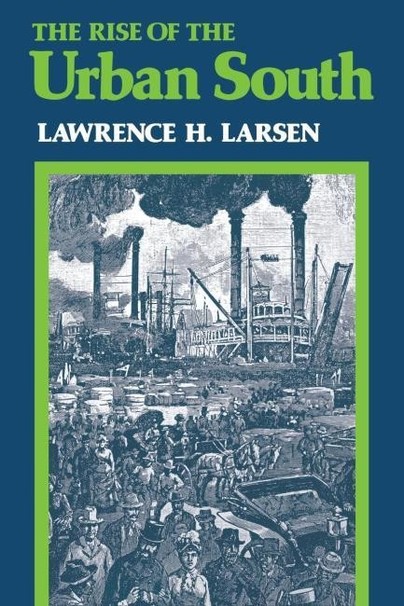The Rise of the Urban South (Paperback)
Imprint: University Press of Kentucky
Pages: 232
Illustrations: Illus
ISBN: 9780813153476
Published: 15th July 2014
Script Academic & Professional
Pages: 232
Illustrations: Illus
ISBN: 9780813153476
Published: 15th July 2014
Script Academic & Professional
Please note this book may be printed for your order so despatch times may be slightly longer than usual.
You'll be £23.00 closer to your next £10.00 credit when you purchase The Rise of the Urban South. What's this?
+£4.99 UK Delivery or free UK delivery if order is over £40
(click here for international delivery rates)
Order within the next 2 hours, 55 minutes to get your order processed the next working day!
Need a currency converter? Check XE.com for live rates
(click here for international delivery rates)
Order within the next 2 hours, 55 minutes to get your order processed the next working day!
Need a currency converter? Check XE.com for live rates
Operating under an outmoded system of urban development and faced by the vicissitudes of the Civil War and Reconstruction, southerners in the nineteenth century built a network of cities that met the needs of their society. In this pioneering exploration of that intricate story, Lawrence H. Larsen shows that in the antebellum period, southern entrepreneurs built cities in layers to facilitate the movement of cotton. First came the colonial cities, followed by those of the piedmont, the New West, the Gulf Coast, and the interior. By the Civil War, cotton could move by a combination of road, rail, and river through a network of cities -- for example, from Jackson to Memphis to New Orleans to Europe.
In the Gilded Age, building on past practices, the South continued to make urban gains. Men like Henry Grady of Atlanta and Henry Watterson of Louisville used broader regional objectives to promote their own cities. Grady successfully sold Atlanta, one of the most southern of cities demographically, as a city with a northern outlook; Watterson tied Louisville to national goals in railroad building. The New South movement did not succeed in bringing the region to parity with the rest of the nation, yet the South continued to rise along older lines. By 1900, far from being a failure in terms of the general course of American development, the South had created an urban system suited to its needs, while avoiding the promotional frenzy that characterized the building of cities in the North.
Based upon federal and local sources, this book will become the standard work on nineteenth-century southern urbanization, a subject too long unexplored.
Other titles in University Press of Kentucky...















